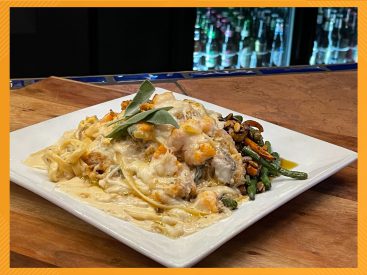Having too many choices can be worse than having only a few, as evidenced by countless hours spent opening and closing freezer doors in the ice cream aisle. The same goes for nutritional knowledge, with a glut of articles, studies, op-eds, and propaganda all contending amongst each other like […]
Delicious!
Delicious!



